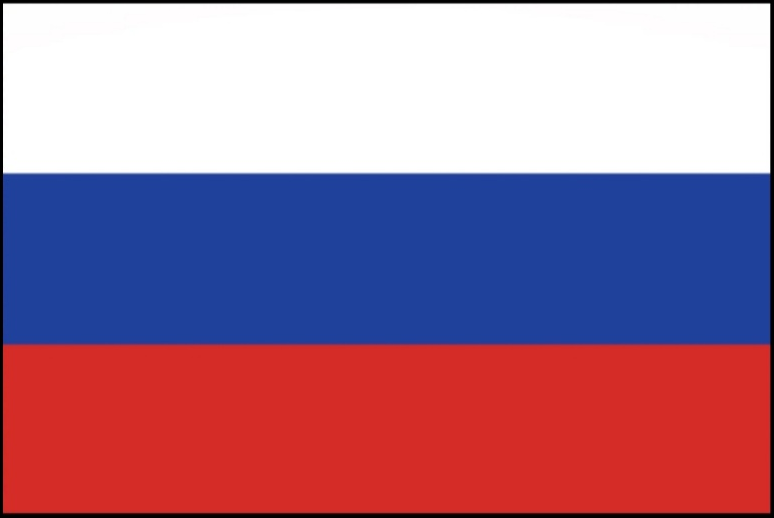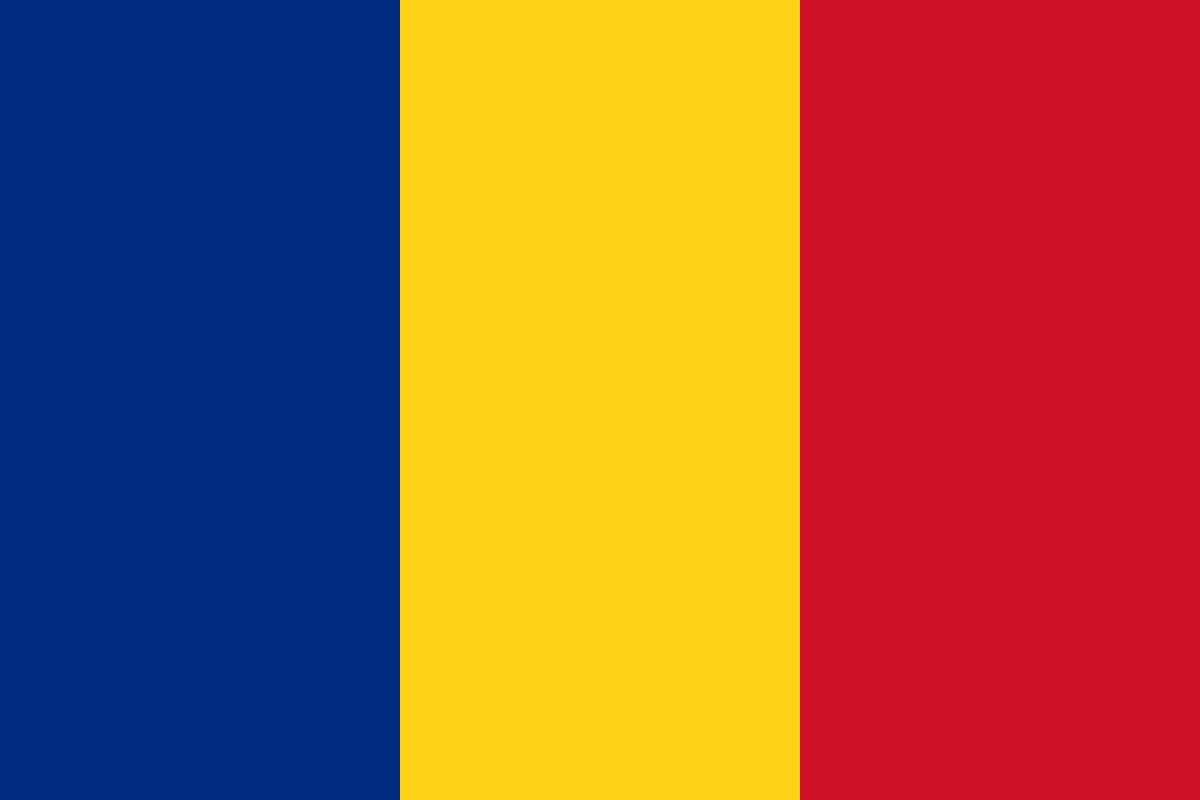1945–1950: Foundations of Peace
After two devastating world wars, Europe was economically, politically, and morally shattered. Visionary leaders understood that reconciliation between nations was essential to avoid another conflict. In 1949, the Council of Europe was created as the first symbolic step toward unity.
May 9, 1950 – Robert Schuman proposed a revolutionary plan: joint control over coal and steel resources between France and Germany. This initiative laid the foundation for a united Europe. May 9 is today celebrated as Europe Day.
1951–1957: The First European Institutions
1951 – Six countries (France, West Germany, Italy, Belgium, Netherlands, and Luxembourg) signed the Treaty of Paris and created the European Coal and Steel Community (ECSC). This was the first European institution with supranational authority.
1957 – Through the Treaty of Rome, two new institutions were established: the EEC (European Economic Community) and EURATOM, for economic cooperation and peaceful nuclear collaboration.
1960–1973: Building the Common Market
The 1960s saw strong economic growth and the gradual elimination of customs duties between member countries. A common market was created and attempts were made to formulate a common agricultural policy.
1973 – The first enlargement: United Kingdom, Ireland, and Denmark joined. Norway voted “no” by referendum.
1980–1992: Democratization, Enlargement, and Unification
1981 – Greece joined. 1986 – Spain and Portugal became members. At the same time, the democratic process was strengthened: the European Parliament was elected by direct vote (since 1979).
1990 – East Germany joined the EU through German reunification. The rapprochement of Eastern European countries began.
1992–2002: The Birth of the European Union and the Euro
1992 – The Maastricht Treaty transformed the EEC into the European Union. Political pillars were introduced: common foreign policy, justice and home affairs, European citizenship.
1999 – The Euro was introduced as a virtual currency. 2002 – Euro coins and banknotes were put into circulation in 12 countries.
2004–2007: The Great Enlargement to the East
2004 – 10 new states, mostly former communist countries (Poland, Czech Republic, Hungary, Baltic states, etc.) joined the EU. This was the largest enlargement in history.
2007 – Romania and Bulgaria became EU members. Croatia’s accession and negotiations with Serbia, Montenegro, and North Macedonia began.
2007–2020: Reform and Crises
2007 – The Treaty of Lisbon was signed, bringing institutional efficiency and creating the post of President of the European Council.
The 2008 financial crisis severely affected the Eurozone. Mechanisms for stability and solidarity between states were created.
2016 – Brexit: 52% of British voters chose to leave the EU.
2020 – The United Kingdom officially left.
2020–Present: Digitalization, Climate, and Resilience
The European Union focuses on digital transformation, combatting climate change (through the European Green Deal), and post-COVID economic recovery.
The NextGenerationEU program supports reforms and sustainable investments.
The EU remains a major global actor in areas such as human rights, scientific research, and innovation.


